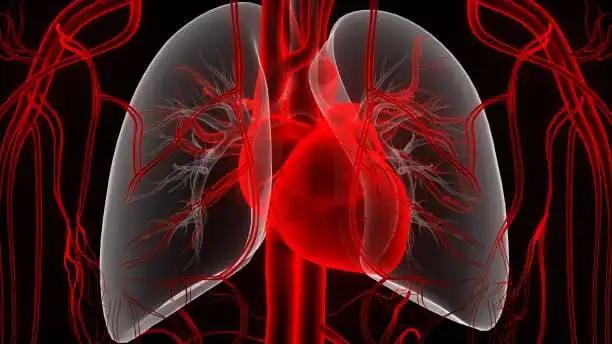KEY TAKEAWAYS
- The study aimed to investigate the diagnostic performance of radiomics in predicting LNM in patients with lung adenocarcinoma.
- Researchers noticed the potential of primary tumor radiomics in predicting LNM but emphasized the need for standardized workflows to enhance applicability.
The application of radiomics in thoracic lymph node metastasis (LNM) of lung adenocarcinoma (a subtype of non-small cell lung cancer (NSCLC)) is increasing, but the diagnostic performance of radiomics from primary tumor to predict LNM has not been systematically reviewed.
Ting Wu and the team aimed to provide a general overview of the methodological quality and diagnostic performance of radiomic approaches to predict the likelihood of LNM in lung adenocarcinoma.
They performed an inclusive analysis by gathering studies from literature databases such as PubMed, Embase, the Web of Science Core Collection, and the Cochrane Library. The Radiomic Quality Score (RQS) and the Quality Assessment of Diagnostic Accuracy Studies-2 (QUADAS-2) were both used to assess the quality of each study. The pooled sensitivity, specificity, and area under the curve (AUC) of the best radiomics models in the training and validation cohorts were calculated. Subgroup and meta-regression analyses were also conducted.
Between 2018 and 2022, about 17 studies enrolled 159 to 1202 patients each, of which 10 studies had sufficient data for the quantitative evaluation. The percentage of RQS was between 11.1% and 44.4%, and most of the studies were considered to have a low risk of bias and few applicability concerns in QUADAS-2. Pyradiomics and logistic regression analysis were the most commonly used software and methods for radiomics feature extraction and selection, respectively.
In addition, the best prediction models in 17 studies were mainly based on radiomics features combined with non-radiomics features (semantic features and/or clinical features). The pooled sensitivity, specificity, and AUC of the training cohorts were 0.84 (95% confidence interval (CI) [0.73-0.91]), 0.88 (95% CI [0.81-0.93]), and 0.93 (95% CI [0.90-0.95]), respectively. For the validation cohorts, the pooled sensitivity, specificity, and AUC were 0.89 (95% CI [0.82-0.94]), 0.86 (95% CI [0.74-0.93]), and 0.94 (95% CI [0.91-0.96]), respectively.
The study concluded that radiomic features based on the primary tumor have the potential to predict preoperative LNM of lung adenocarcinoma. However, it emphasized that the radiomics workflow needs to be standardized to better promote the applicability of radiomics in clinical practice.
This study was sponsored by Zhejiang Provincial Natural Science Foundation of China; National Natural Science Foundation of China; “Pioneer” and “Leading Goose” R&D Program of Zhejiang; Medical Health Science and Technology Project of Zhejiang Province; Research Project of Zhejiang Chinese Medical University.
Source: https://pubmed.ncbi.nlm.nih.gov/38762472/
Wu T, Gao C, Lou X, et al. (2024). “Predictive value of radiomic features extracted from primary lung adenocarcinoma in forecasting thoracic lymph node metastasis: a systematic review and meta-analysis.” BMC Pulm Med. 2024 May 18;24(1):246. doi: 10.1186/s12890-024-03020-x. PMID: 38762472; PMCID: PMC11102161.



